Plating is both an art and a science. Chefs must explore their creativity and play with color and texture while placing foods to create a visual appeal.
Plating
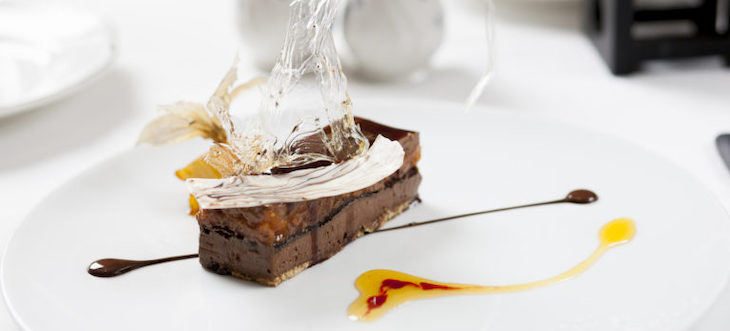
Magnet Academy of Culinary Arts at Wekiva High School

Plating is both an art and a science. Chefs must explore their creativity and play with color and texture while placing foods to create a visual appeal.
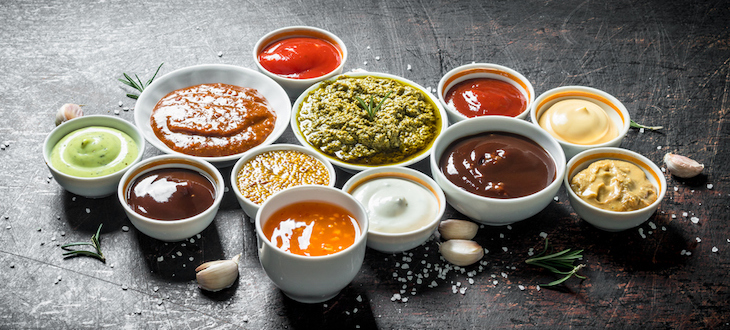
What you need to learn from this post What are the differences between the four varieties of dressings? How do you prepare vinaigrettes and emulsions? What are various common dips and how do you prepare…
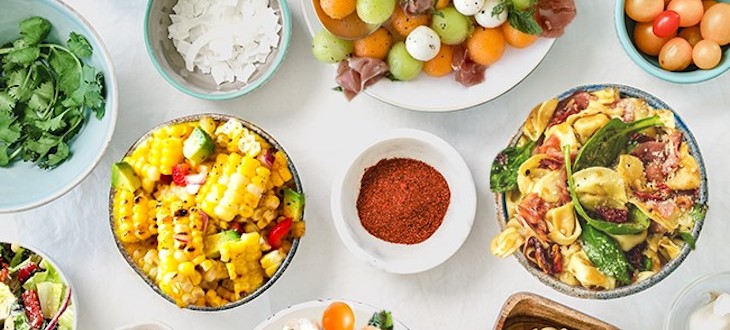
There are five main types of salad, including green (tossed or composed), bound, vegetable, fruit, and combination. GREEN The two types of green salad are tossed (or mixed) and composed salad. Prepare all ingredients individually…
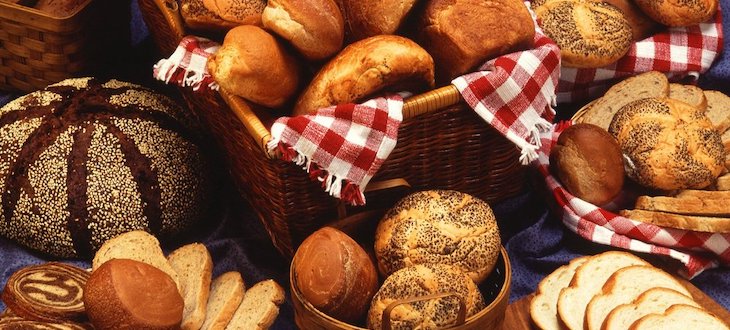
Starbucks Blueberry Muffins TOPPING3/4 cups all-purpose flour3/4 cup granulated sugar1/4 teaspoon salt5 tablespoons unsalted butter — meltedMUFFINS2 eggs3/4 cup granulated sugar1/2 cup vegetable oil1 tablespoon vanilla extract1 teaspoon white vinegar1 teaspoon baking soda1/2 teaspoon salt3/4…
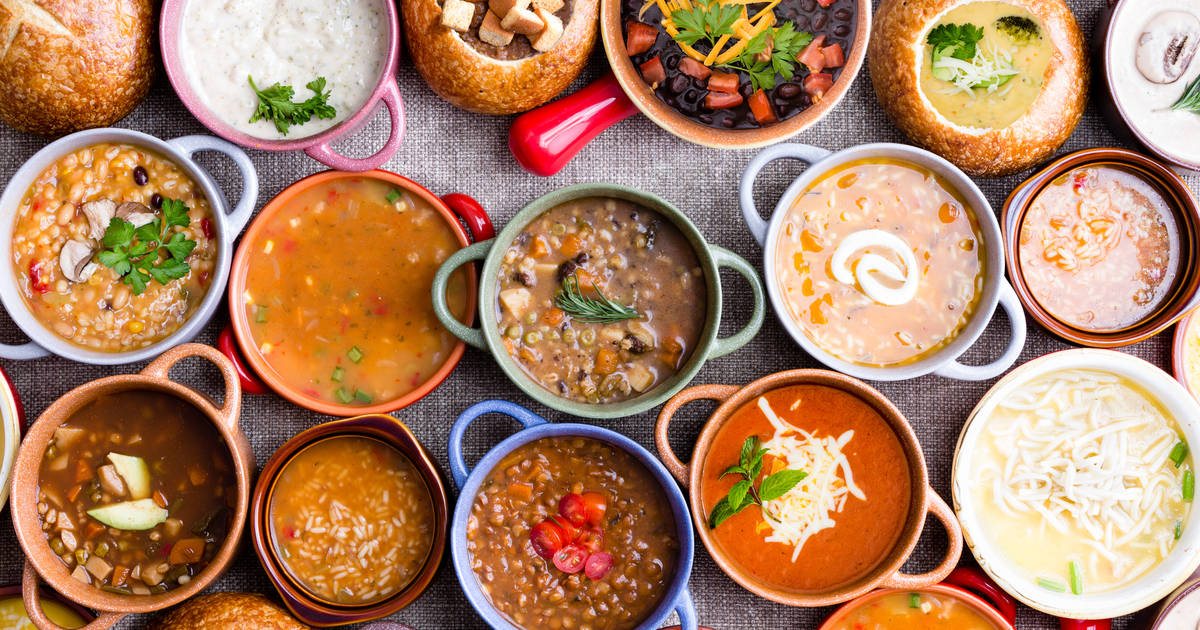
There are two basic kinds of soup: clear soups and thick soups. Clear soups include flavored stocks, broths, and consommes. Examples include chicken noodle soup, minestrone (a tomato-based vegetable soup), and onion soup. Thick soups…
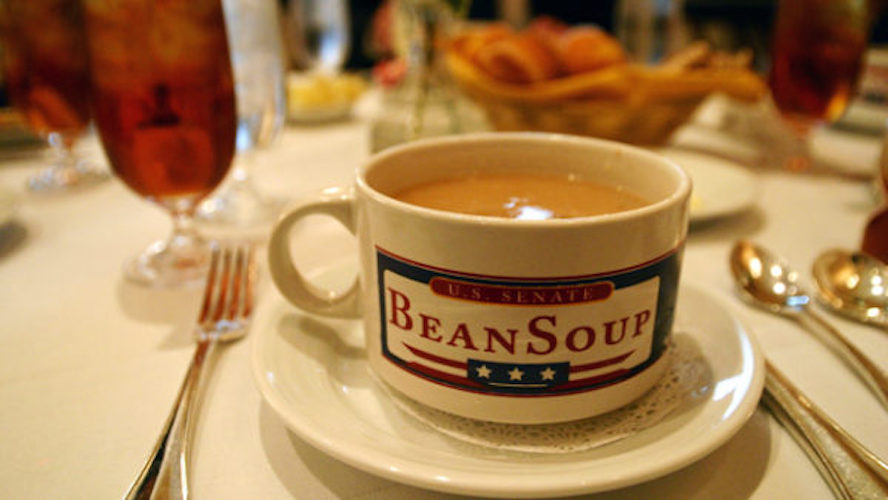
The recipe for the longest continually present menu item available to US Senators: Senate Bean Soup. A little history and how to make it….

There are a couple of recipes that rely on your skill with a knife and they are EXCELLENT ways to practice handling a chef’s knife. Give these a try!
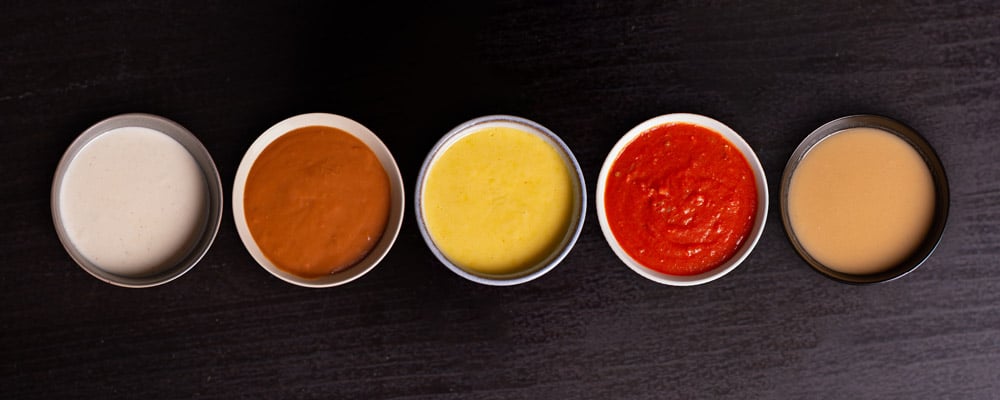
The word “sauce” comes from the French word that means “a relish to make food more appetizing.” All types of sauces are important in cooking. A good sauce adds flavor, moisture, richness, color, and visual appeal. Sauces should complement food, not disguise it. You can also use sauces as a contrasting flavor. For example, the sweetness of roosted pork goes well with a Dijon sauce (a brown sauce with Dijon mustard). Sauces come in many forms and are made in many ways – gravy, salsa, fruit coulis, pan sauces. All of these fall into the broad category of sauces.
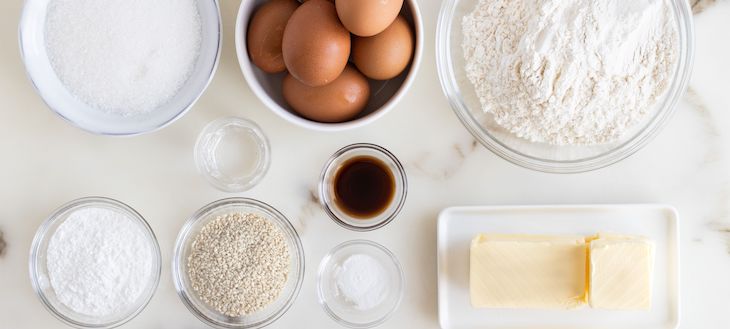
Nearly all bakery products use a common list of ingredients. Here is that list. Know it. Love it.

Quick breads generally refer to any baked good not leavened by yeast or eggs. Typical leaveners used in quick breads are chemical leaveners, such as baking powder or baking soda. The quick chemical reaction of these leaveners allows the bread to be baked immediately.
Quick breads are staples in the American diet. Some examples of quick breads include biscuits, muffins, scones, banana bread, soda bread, and even pancakes and waffles. In the morning, you are likely to see a bigger selection of quick breads in the form of scones and muffins. Later in the day and into the evening, you are likely to see a wider variety of breads or cakes instead.